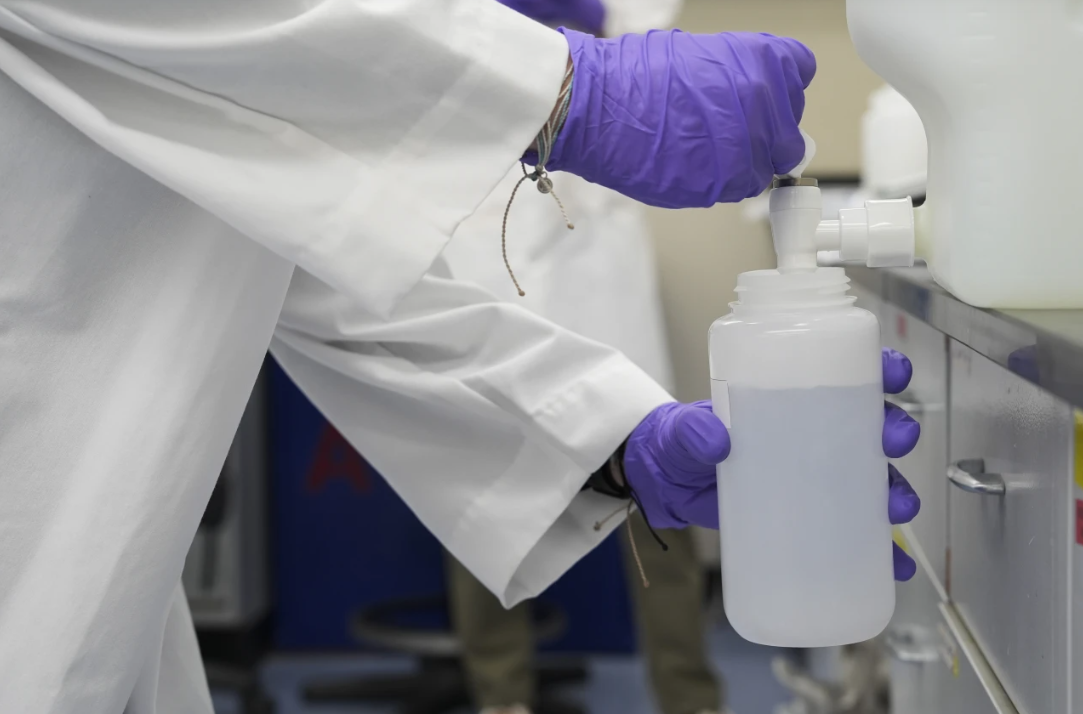The Environmental Protection Agency (EPA) announced on Wednesday that it plans to ease restrictions on certain “forever chemicals” in drinking water that were set last year, while maintaining standards for two common types of these chemicals.
The Biden administration had established the first-ever federal limits on PFAS (perfluoroalkyl and polyfluoroalkyl substances) in drinking water, recognizing their potential to increase the risk of cardiovascular disease, certain cancers, and low birth weight in babies. These limits were aimed at reducing the levels of these man-made chemicals in drinking water across the country. PFAS do not break down easily in the environment and can persist in both water and human bodies over time.
However, the EPA plans to remove limits on three specific PFAS, including GenX chemicals found in North Carolina, and will reconsider limits on a mixture of various PFAS. While the standards for two well-known PFAS compounds, PFOA and PFOS, will remain unchanged, the EPA has extended the deadline for utilities to meet these standards until 2031. These two chemicals will remain capped at 4 parts per trillion, which is the lowest detectable level.
EPA Administrator Lee Zeldin emphasized that the agency is committed to maintaining nationwide standards to protect Americans from PFOA and PFOS in their drinking water. At the same time, utilities will be given more time to meet the regulations.
Health advocates had supported the Biden administration’s stringent limits, but water utilities expressed concerns, arguing that installing treatment systems to meet the new standards would be costly, and that consumers would face higher water bills. As a result, some utilities filed lawsuits against the EPA.
The EPA’s decision aligns with some of the arguments raised in those lawsuits. Utilities had claimed that the EPA lacked the authority to regulate PFAS mixtures and had failed to sufficiently justify the limits on newer PFAS types, which are now being lifted. They also requested the two-year extension, which has now been granted.
Erik Olson, a senior director at the Natural Resources Defense Council, criticized the move, claiming it was illegal. He argued that the Safe Drinking Water Act gives the EPA authority to regulate contaminants in drinking water and includes a clause preventing the agency from weakening existing rules.
PFAS, produced by companies such as Chemours and 3M, have been widely used in many products, including rain-resistant clothing and firefighting foam. However, these chemicals accumulate in the body, and growing scientific evidence shows that even small amounts can cause harm.
The Biden-era EPA estimates that implementing these new standards will cost around $1.5 billion annually. Water utility organizations argue that the expensive regulations, coupled with the need to replace lead pipes, will lead to higher water bills, particularly affecting small communities with fewer resources. To address cost concerns, the Bipartisan Infrastructure Law has allocated $9 billion for dealing with PFAS, and utilities have secured multibillion-dollar settlements from PFAS manufacturers.
Many utilities are still discovering that their water exceeds the PFAS limits. As a result, some industry experts believe that the additional time for compliance will help utilities address the chemicals they know are harmful. However, utilities had hoped for higher PFAS limits, and it is expected that both the utility industry and environmental groups may continue to file legal challenges.















